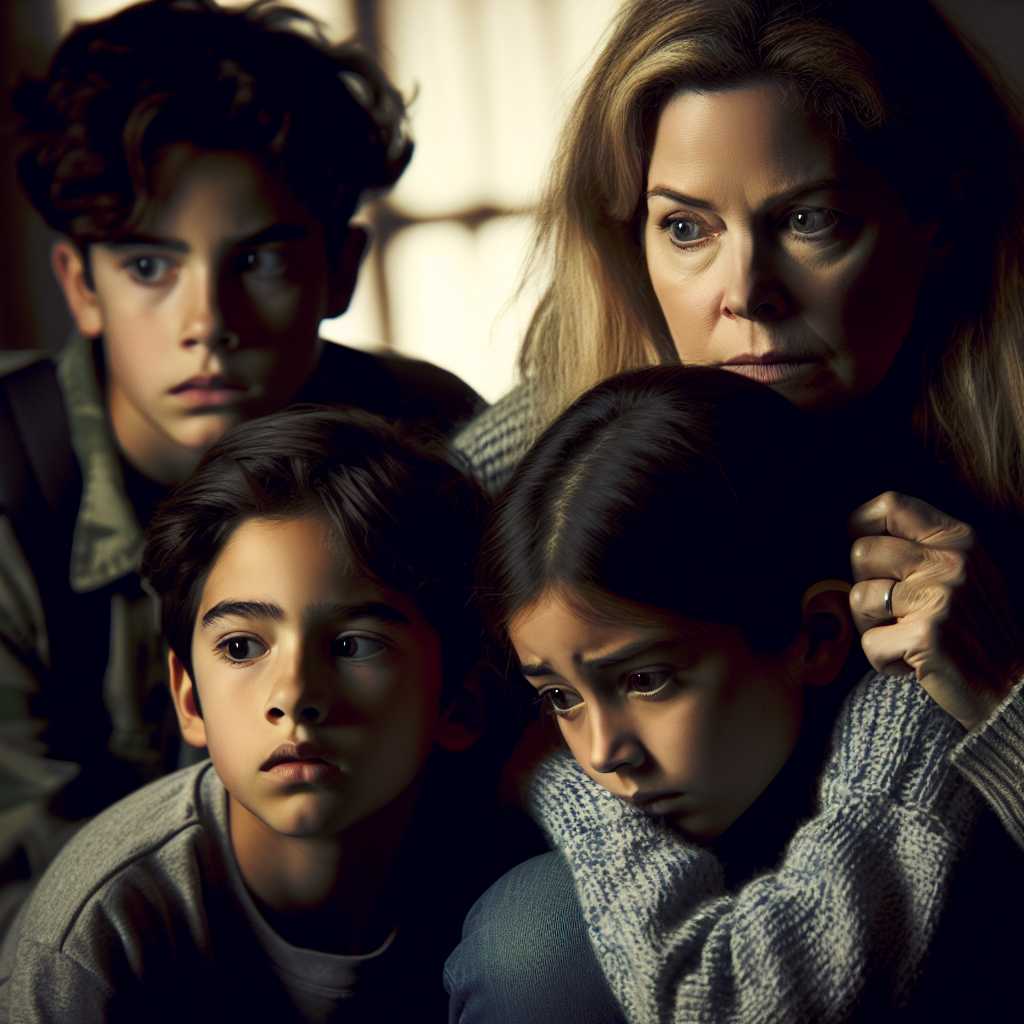The Lasting Silence: Inside the Universe of A Quiet Place
A Quiet Place, directed by John Krasinski, is a film that reinvents the horror genre through a unique premise: monsters that hunt exclusively by sound. The 2018 release not only garnered critical acclaim for its innovative approach and tense atmosphere but also for its emotional narrative and stellar performances. The movie’s success established a new world for horror enthusiasts and sparked discussions on the nature of silence, survival, and family.
The Genius of Sound Design in Cinema
In “A Quiet Place,” sound—or the lack thereof—is not just an element; it’s the linchpin of the entire story. The film follows the Abbott family as they strive to live in silence to avoid being hunted by creatures who have decimated much of Earth’s population. The ingenious sound design puts viewers into the shoes of the family members, especially their deaf daughter Regan, played by Millicent Simmonds, whose real-life hearing impairment added depth to both the role and the filmmaking process.
This approach to sound immerses the audience in a state of heightened awareness, creating nail-biting tension with every creak of the floorboards and emphasising moments of relief when characters communicate safely through sign language. The film employs a radical reduction in dialogue, compelling the audience to pay close attention to visual storytelling—and when sound does hit, it’s impactful beyond measure.
Storytelling through Silence and Sign Language
The use of sign language in “A Quiet Place” is significant not only for its functional role but also for its narrative symbolism. It not only serves as a vital mode of safe communication for the Abbott family but also as a representation of their unity and love for one another under circumstances that preclude spoken words.
Scriptwriters Bryan Woods, Scott Beck, and John Krasinski crafted a compelling narrative that reveals layers of characterization through gesture and non-vocal communication. This emphasis on unspoken language has also brought attention to the deaf community and has been praised for its authentic representation thanks in part to Simmonds’ involvement.
On-Edge Performances and Character Dynamics
One can’t discuss “A Quiet Place” without acknowledging its stellar performances. John Krasinski pulls double duty as both director and actor, delivering alongside his real-life spouse, Emily Blunt. Blunt, particularly, received high praise for her portrayal of a mother determined to protect her children at all costs, including through a memorably tense childbirth scene that exemplifies the relentless suspense inherent throughout the movie.
The intense struggles faced by the characters showcase human resilience, parental sacrifice, and the instinctual drive for survival against seemingly insurmountable challenges. As we see relationships between the family members strained and strengthened in turn by their perilous circumstances, “A Quiet Place” becomes more than a simple tale of survival—it evolves into an emotional study of family dynamics in crisis.
Technical Mastery behind A Quiet Place
From directorial choices to set design, lighting, and cinematography, each technical aspect of “A Quiet Place” was meticulously crafted to enhance horror elements and storytelling without traditional dialogue. Cinematographer Charlotte Bruus Christensen used natural lighting and shadow interplay as visual textures that amplify both jump scares and quieter moments of dread.
The rural setting riddled with red lights signifying danger and sand paths designed to cushion footsteps captures a post-apocalyptic world where even nature seems to collude with the creatures’ heightened hearing abilities. These details contribute to establishing an uneasy atmosphere pervasive throughout the film—a masterpiece crafted through multi-faceted layers of terror.
Cultural Impact and Legacy
As a box office hit, “A Quiet Place” showed that audiences were eager for original stories in an industry frequently criticised for relying heavily on remakes and sequel-driven franchises. It sparked conversations about disability representation, resourcefulness amid constraints (like limited speech), and resilience in parenthood.
Notes
Image description: An anxious mother hides with her children in silent terror as they navigate their desolate home environment—every family member keenly focused on avoiding any noise amidst perilously lit surroundings indicative of danger lurking at every turn.
